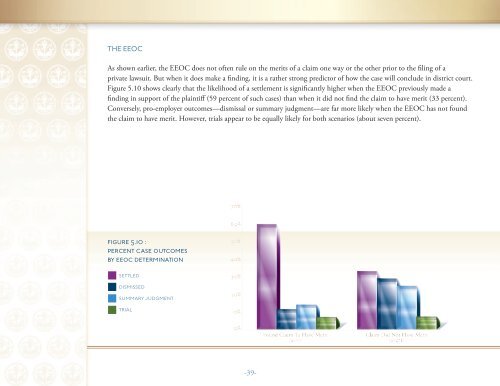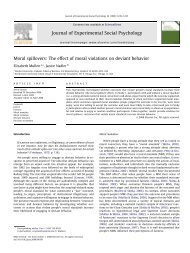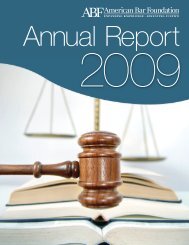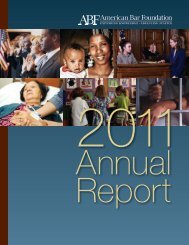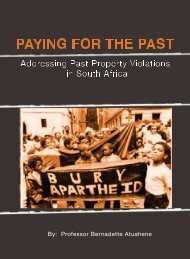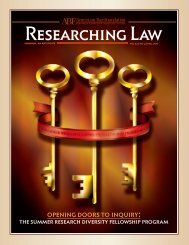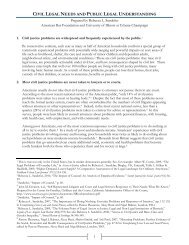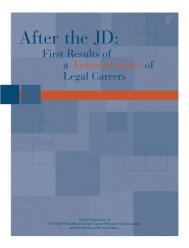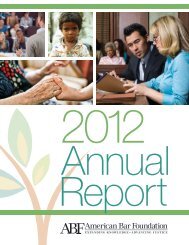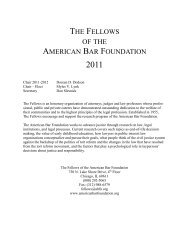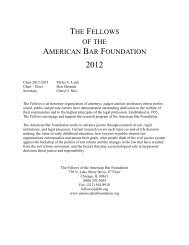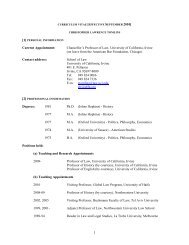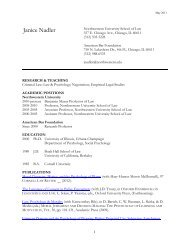Contesting Workplace Discrimination in Court - American Bar ...
Contesting Workplace Discrimination in Court - American Bar ...
Contesting Workplace Discrimination in Court - American Bar ...
You also want an ePaper? Increase the reach of your titles
YUMPU automatically turns print PDFs into web optimized ePapers that Google loves.
THE EEOCAs shown earlier, the EEOC does not often rule on the merits of a claim one way or the other prior to the fil<strong>in</strong>g of aprivate lawsuit. But when it does make a f<strong>in</strong>d<strong>in</strong>g, it is a rather strong predictor of how the case will conclude <strong>in</strong> district court.Figure 5.10 shows clearly that the likelihood of a settlement is significantly higher when the EEOC previously made af<strong>in</strong>d<strong>in</strong>g <strong>in</strong> support of the pla<strong>in</strong>tiff (59 percent of such cases) than when it did not f<strong>in</strong>d the claim to have merit (33 percent).Conversely, pro-employer outcomes—dismissal or summary judgment—are far more likely when the EEOC has not foundthe claim to have merit. However, trials appear to be equally likely for both scenarios (about seven percent).figure 5.10 :percent case outcomesby eeoc determ<strong>in</strong>ationsettleddismissedsummary judgmenttrial-39-


